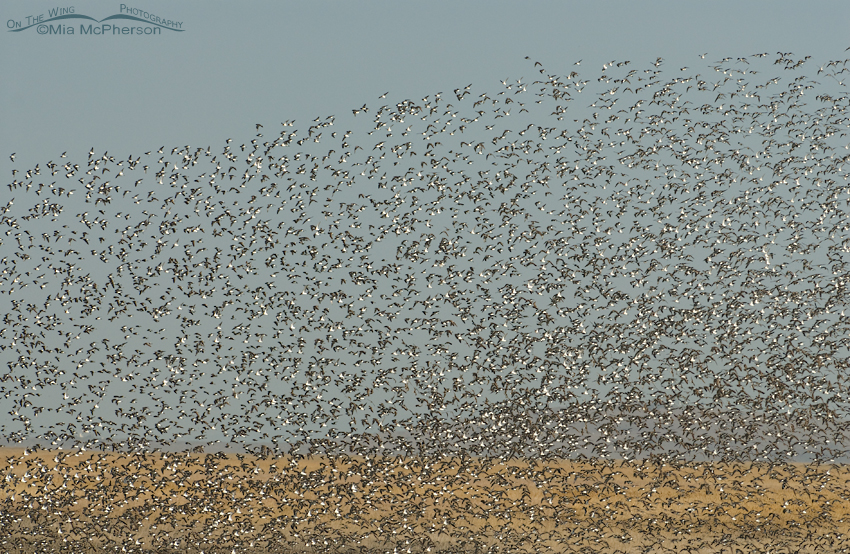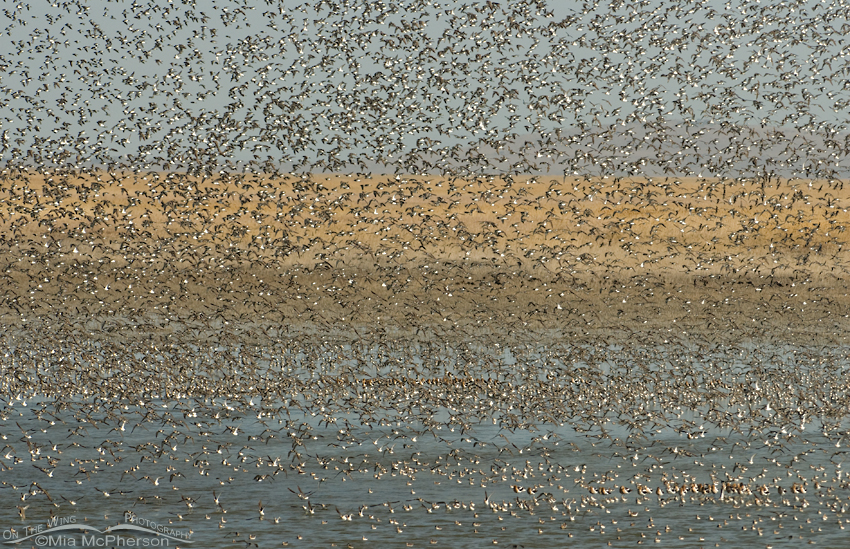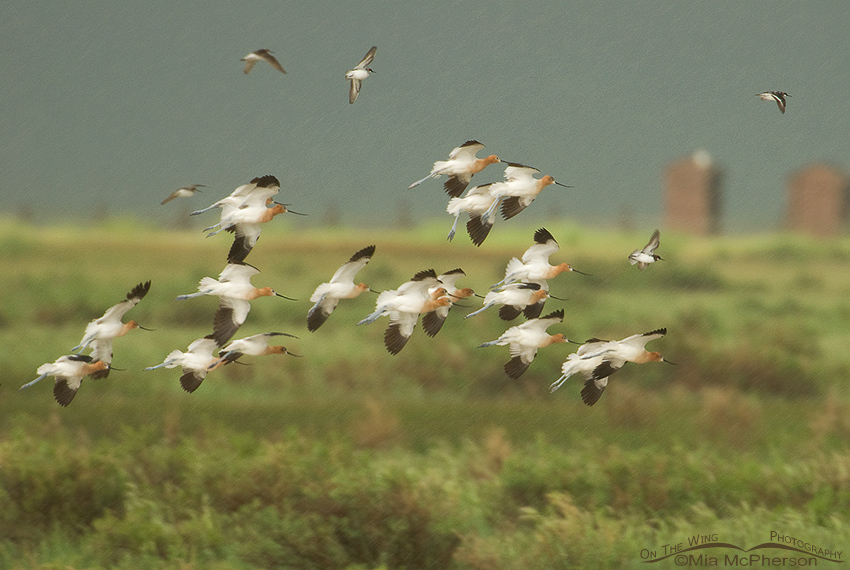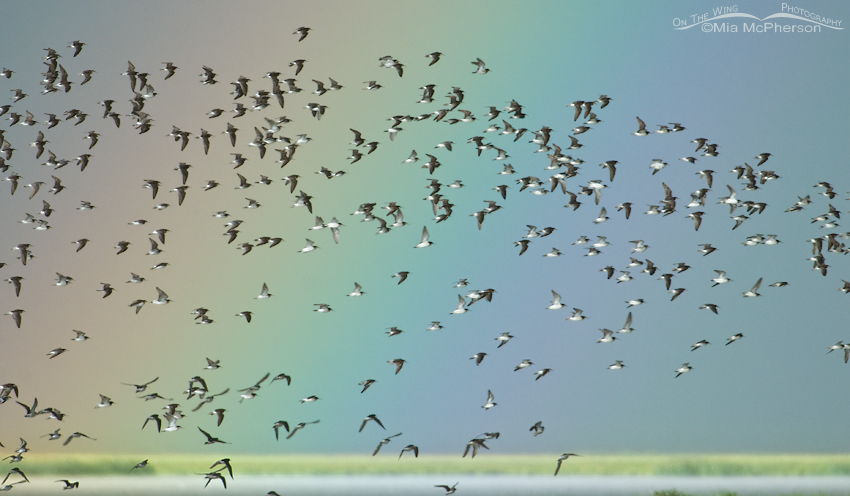
Wilson’s Phalarope Images, Facts and Information:
Phalaropus tricolor
- Wilson’s Phalaropes are small, grayish shorebirds with long, slender legs, thin straight long bills and short necks.
- In breeding plumage the female Wilson’s Phalarope is the most colorful of the sexes.
- Phalaropes are the only shorebirds that regularly swim in deep water.
- The preferred breeding habitat for Wilson’s Phalaropes include marshes, grassy edges of shallow lakes, reservoirs and even ditches in the Great Plains and Intermountain West with spotty breeding areas in the Midwest. During migration they can be found in hypersaline lakes like the Great Salt Lake. They spend winters in South America.
- Wilson’s Phalaropes eat small aquatic invertebrates such as brine shrimp and midges.
- Wilson’s Phalaropes lay 4 eggs which take 18 to 21 days to hatch. Only the male incubates and he raises the young.
- A group of phalaropes can be called a “swirl”, “twirl”, “whirl” and a “whirligig” of phalaropes because of their twirling motion causing whirlpools when they feed at times.
- Wilson’s Phalaropes can live up to 10 years.
I hope you enjoy viewing my Wilson’s Phalarope photos.
Wilson’s Phalaropes
Title: Wilson’s Phalaropes
Location: Antelope Island State Park, Davis County, Utah
Date: 6/22/2012
Wilson’s Phalarope murmuration
Title: Wilson’s Phalarope murmuration
Location: Antelope Island State Park, Davis County, Utah
Date: 6/22/2012
American Avocets and Wilson’s Phalaropes about to land in the rain
Title: American Avocets and Wilson’s Phalaropes about to land in the rain
Location: Red Rock Lakes National Wildlife Refuge, Beaverhead County, Montana
Date: 7/11/2011
Flock of Wilson’s Phalaropes in a rainstorm with a rainbow
Title: Flock of Wilson’s Phalaropes in a rainstorm with a rainbow
Location: Red Rock Lakes National Wildlife Refuge, Beaverhead County, Montana
Date: 7/11/2011
Wilson’s Phalaropes in flight in front of a rainbow
Title: Wilson’s Phalaropes in flight in front of a rainbow
Location: Red Rock Lakes National Wildlife Refuge, Beaverhead County, Montana
Date: 7/11/2011






